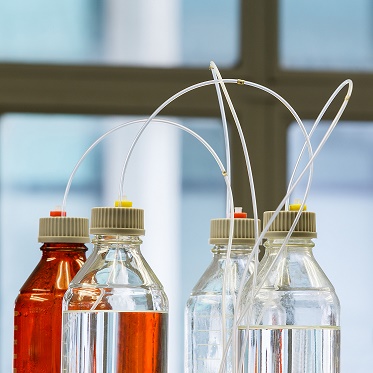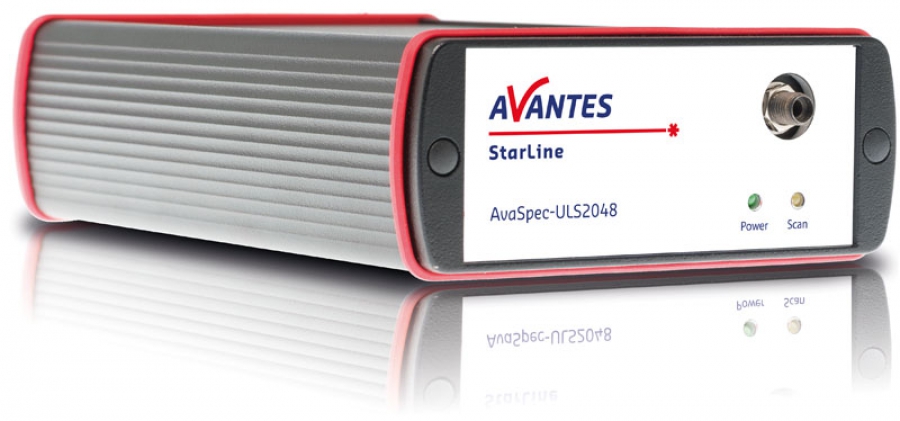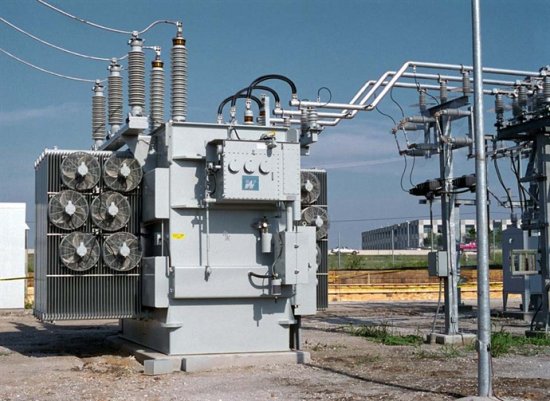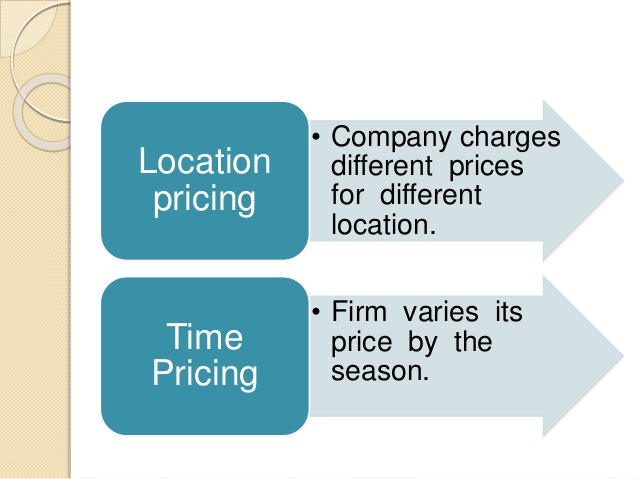A large number of factors are responsible for popularity of any analytical technique. The key contributions are its scope of applications, affordable cost and range of options for adaptation to meet the analysis requirement in laboratories.
HPLC or High Performance Liquid Chromatography is one technique which meets all the above mentioned criteria. The aim of this article is to highlight such factors that will help you appreciate the reasons for such wide popularity of the technique.

Cost Affordability
A basic working model of HPLC comprising of a UV detector, universal C 18 column, valve injector,isocratic pump and operational software for majority of routine applications would cost around US $ 20,000+/- US $ 2 to 3K depending on the make and your location. Further addition of columns, detectors, autosampler is possible to make the system moreversatile but even then the cost remains affordable by most laboratories and several laboratories have scores of installed systems.
Options for upgradation of Operational Capabilities
HPLC through its options for upgradation offers vast scope for additional capabilities which is unmatched by other conventional techniques. Let us briefly review some of these upgradations
Choice of Detectors
Available detectors for HPLC include:
UV – visible detector
Fluorescence detector
Photodiode array detector
Refractive index detector
Conductivity detector
Light scattering detector
Mass selective detector
Such a wide choice makes detection of a large class of compounds at detection levels and resolutions which was unheard of before
Choice of Columns and Stationary Phases
HPLC columns are available ranging in lengths up to 25 cm and bore sizes from nanometers to standard size of 0.46 mm. Narrow bore columns help reduce analytical runtimes to seconds instead of minutes. Long columns with wide bores are used for high scale preparative modes of operation.
C18 stationary phases are used commonly for majority of applications. However, other stationary phases in common use are C8, CN, amino, ion exchange and chiral columns which extend the range to several other application areas.
New packing materials based on monolith and zirconia based materials help further expand the operation to broader pH and temperature ranges.
Speed and resolution of analysis has seen impressive growth with the introduction of core shell particle materials and others below 2.7μm size particles in UHPLC applications.
Choice of Operational Modes
Selection of mobile phase and stationary phase combinations have resulted in four key operational modes:
Reverse phase for separation of polar compounds. Majority of applications are covered under this mode of operation
Normal phase for separation of non-polar compounds
Ion exchange for separation of charged molecules, ionic species, proteins, nucleotides, etc
Gel permeation chromatography is used especially for separation of polymeric molecules by separation based on molecular size discrimination
Scope of Applications
Due to its versatility HPLC has found widespread applications in fields such as pharmaceuticals, foods, polymeric materials, life- sciences, clinical studies, environmental monitoring and forensic studies. Some of the areas listed are highlighted:
Pharmaceuticals
HPLC holds great promise in Pharma industry in the areas of product development and quality control. Range of applications cover new drug development, assay to give the concentration of active ingredients, stability studies, impurity profiling, bio- availability and bioequivalence studies.
Life Sciences
HPLC is popular in life science laboratories for separation and characterization of large molecules such as proteins, peptides, lipids and nucleic acids. Biochemical reaction monitoring by HPLC is in wide use in control of fermentation and oxidation in manufacturing processes
Foods
HPLC is having widespread use in monitoring of biochemical processes, enzyme activity, drug and antibiotic residue studies, analysis of additives and adulterants. Hyphenated techniques such as a LC-MS have contributed similarly to the pesticide and antibiotic residue level studies in fruits,vegetables and dairy products
Polymers
Size exclusion chromatography is having several applications in development of new polymeric materials and manufacturing through characterization by molecular weight distribution. Refractive index and light scattering detectors have served to further enhance the scope of such applications.
The stage is already set for widespread use of HPLC inuniversity laboratoriesand manufacturing industry in quality control and product development activities. Seeing the present trend HPLC is expected to retain its dominant position in modern analytical laboratories.








